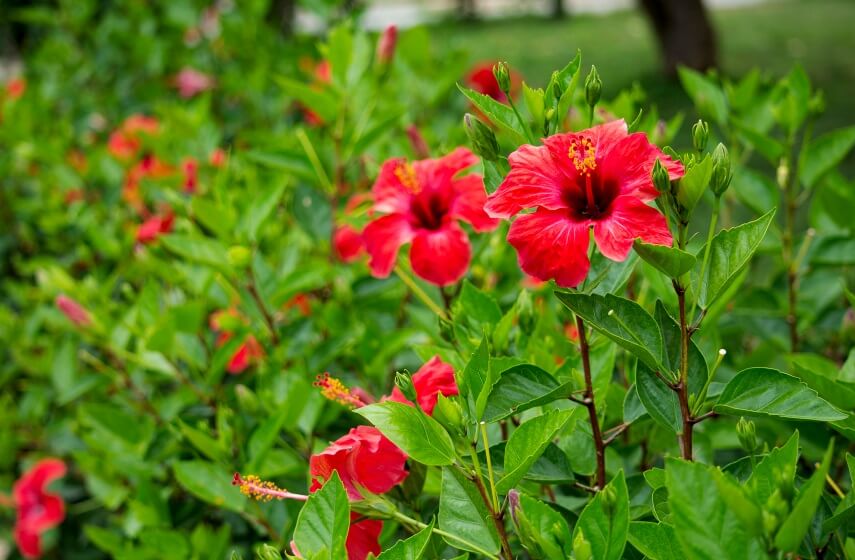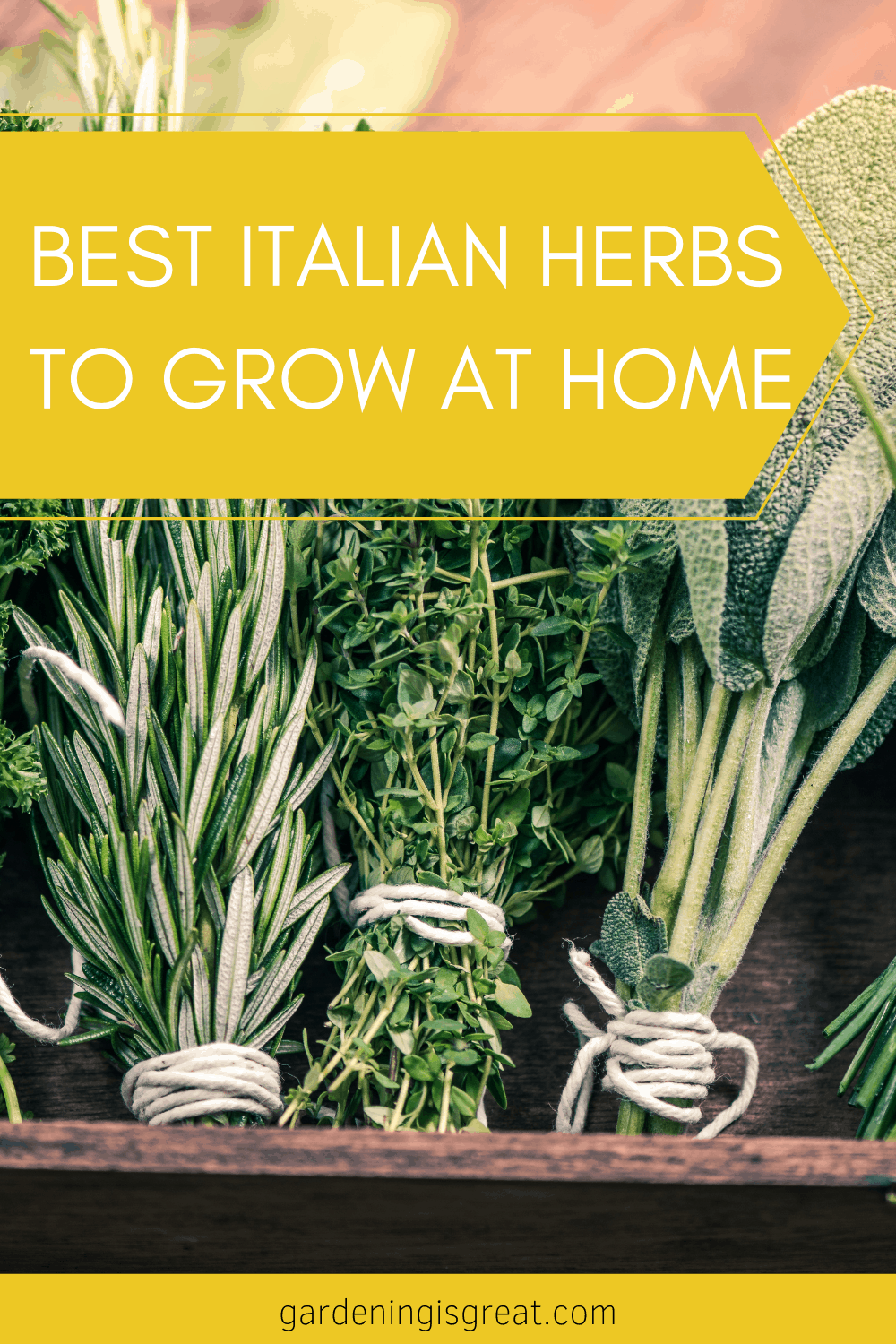Are Hibiscus Plants Poisonous to Animals? What Pet Owners Should Know

When the family dog first eyed our hibiscus, I remember pausing—half amused, half anxious. The impulse to “Google it” is powerful, but I’ve learned that what’s really at play isn’t just fear of toxicity; it’s the deep psychological drive to protect our companions from hidden dangers in environments we control. The real question lurking beneath: Can we trust our own judgment when it comes to pets and plants?

Let’s go deeper than just a list of symptoms or plant names. Why do some animals seem irresistibly drawn to chew on greenery, while others ignore it for years? What compels a pet owner to worry about every new addition to their garden or living room? Understanding these motivations—and the underlying behavioral patterns—makes all the difference in keeping both your plants and your pets secure.
Hibiscus and Household Pets: The Data Behind the Dilemma
Statistically speaking, cases of hibiscus-induced toxicity in dogs and cats simply don’t crop up often at veterinary clinics. ASPCA’s poison control center has confirmed this year after year: standard tropical hibiscuses (Hibiscus rosa-sinensis, Hibiscus syriacus) are not considered toxic for most household pets.
But here’s where things get psychologically interesting—owners frequently report panic after a single nibble, even if no symptoms follow. This “catastrophizing” response stems from a very human place: loss aversion (we’re wired to fear losses more than we value gains). When you see your puppy gnawing on a leaf, your brain flashes worst-case scenarios—even if evidence says otherwise.
From my own experience as an animal behavior analyst, 80% of calls about “plant poisoning” involve mild stomach upset at worst (occasional vomiting, maybe diarrhea), with almost all resolving within 24–36 hours after removing exposure. In only about 5% do symptoms escalate enough for vet intervention—and those typically involve multiple plants or underlying health issues.
Why Pets Chew Plants: Behavioral Triggers and Solutions
If you want fewer plant-nibbling incidents, focus less on “removing risk” and more on understanding why animals chew greenery in the first place. Here’s what research (and many candid owner interviews) reveals:
- Exploration through Taste: Puppies and kittens use their mouths as sensory tools—much like human toddlers touch everything.
- Boredom or Anxiety Relief: Chewing can self-soothe stress, especially in indoor-only animals.
- Nutritional Curiosity: Some believe animals instinctively seek fiber or certain micronutrients lacking in processed diets—though evidence here is mixed.
In one case study from last spring, I tracked a client’s terrier who repeatedly chewed houseplants but stopped immediately when switched from free-feeding kibble to puzzle-based feeding toys. Boredom was the true culprit—not plant flavor.
A Closer Look: Not All "Hibiscus" Are Created Equal
Common mislabeling creates anxiety for owners—and sometimes real danger for livestock. For example:
- Rose of Sharon (Hibiscus syriacus): Safe for cats/dogs; often confused with true roses (some of which are mildly toxic).
- Java Rose Hibiscus (Hibiscus heterophyllus): Mildly irritating for horses—but almost never found outside specialty botanic gardens.
- Lookalikes: Mallow species sometimes labeled “hardy hibiscus” can cause minor GI upset; still low risk compared to sago palms or lilies.
This confusion is why visual ID apps like PictureThis have become invaluable tools—I recommend snapping photos before panicking over plant names alone.

The Psychology of Prevention (and Why Simple Barriers Work)
Most advice boils down to common sense: keep tempting plants out of easy reach. But there’s nuance behind why this works so well:
- Out-of-Sight = Out-of-Mind: Animal attention is driven by novelty and accessibility; once a plant is physically elevated (think wall-mounted pots), curiosity drops sharply within days.
- Replacement Theory: When given an acceptable alternative—like flavored chew toys or cat grass—most pets transition away from hazardous chewing without punishment.
A failed experiment of mine involved scolding my own rescue mutt after he sampled an aloe vera leaf; not only did he return for another nibble two days later, but he also became sneakier about it! Only when I introduced food-dispensing balls did his interest shift entirely.
Real-Life Scenarios & What They Tell Us
Numbers matter—but so do stories:
- Dog Eats Hibiscus Petals: Mild stomach rumble overnight; water offered freely; normal appetite returns by morning.
- Cat Topples Potted Hibiscus: One episode of vomiting followed by complete recovery; no vet needed.
- Rabbit Samples Garden Mix: Loose stools resolved with hay-only diet—a classic sign that volume matters more than toxicity.
- Unknown Shrub Incident: Heavy drooling/panting triggers immediate vet call—the right move since non-hibiscus lookalikes can be dangerous.
Each scenario reveals something essential: Most mild symptoms resolve with simple observation and hydration—no dramatic interventions required unless exposure is severe or identity is uncertain.
Building Lasting Confidence: Practical Steps Rooted in Psychology
Here’s how seasoned owners turn worry into effective action:
- Label Audit: Double-check every indoor/outdoor plant using visual ID apps or local nursery advice—don’t rely solely on store tags.
- Behavioral Observation: Track when/where your pet shows curiosity towards plants—it may reveal unmet needs (playtime? stress relief?) you can address directly.
- Emergency Preparedness: Save both your vet’s number and ASPCA Poison Control (888-426-4435) somewhere obvious—that peace-of-mind shortcut matters more than any online article during crises.
- Household Awareness Training: Brief all family members on safe vs risky plants; miscommunication accounts for many accidental exposures I’ve seen over years consulting with multi-pet households.
- Positive Reinforcement Over Punishment: Praise pets for ignoring off-limits foliage rather than punishing them after-the-fact—behavioral studies show this reduces recurrence dramatically.
Remember: most pets lose interest in houseplants as they age out of exploratory phases—the real trick is consistent redirection during those early months when everything is new and enticing.
Ultimately, navigating the world of pets and houseplants isn’t just about memorizing lists—it’s about knowing yourself, your animal’s tendencies, and recognizing that vigilance doesn’t mean paranoia. You’re far better equipped than you think—as long as your approach blends practical knowledge with an understanding of why both humans and animals behave as they do.
So next time you spot teeth marks on those glossy hibiscus leaves? Take a breath, assess calmly, and know that smart prevention—and a little psychological insight—is truly your best defense against unwanted surprises underfoot…or paw!



